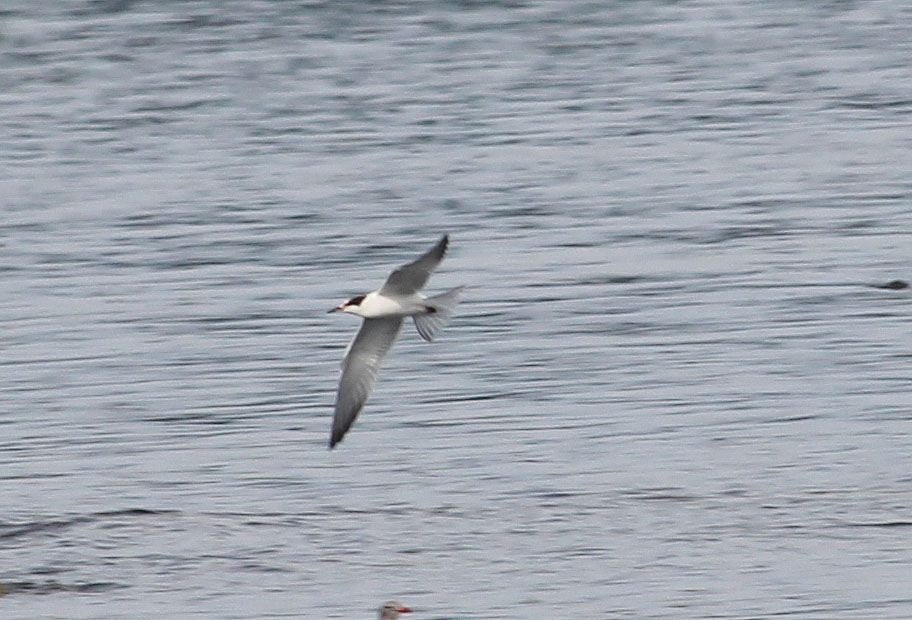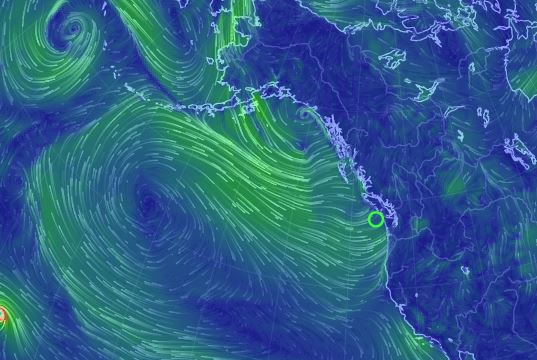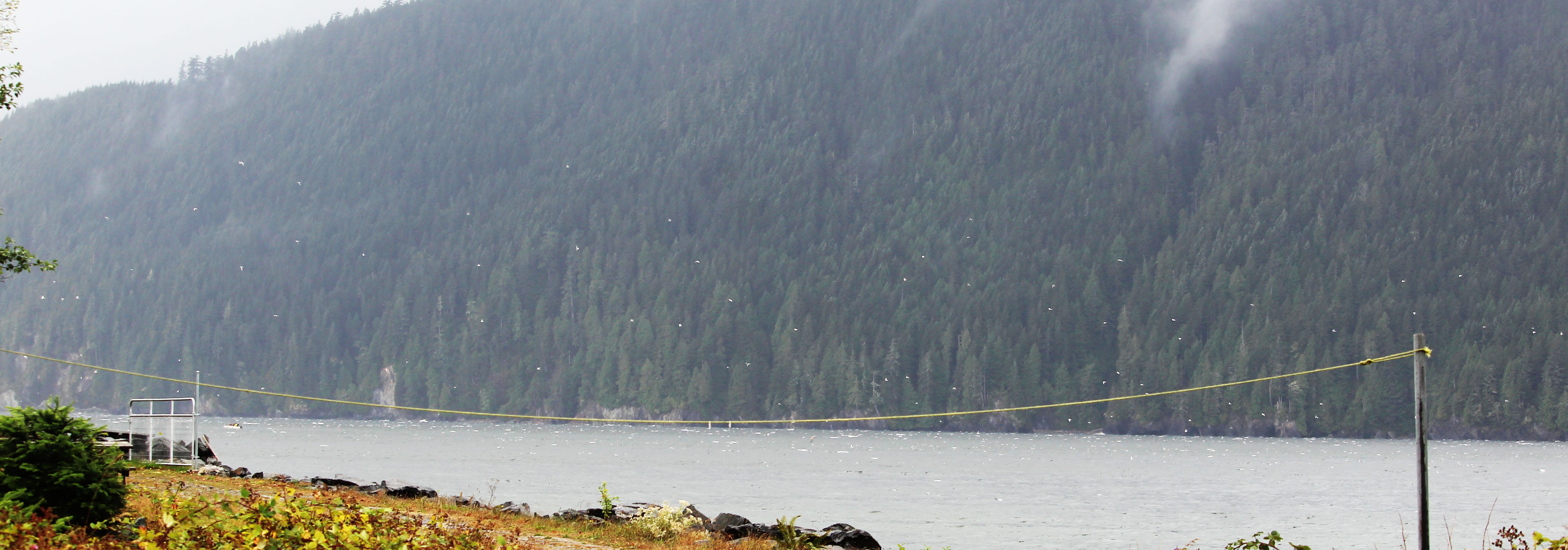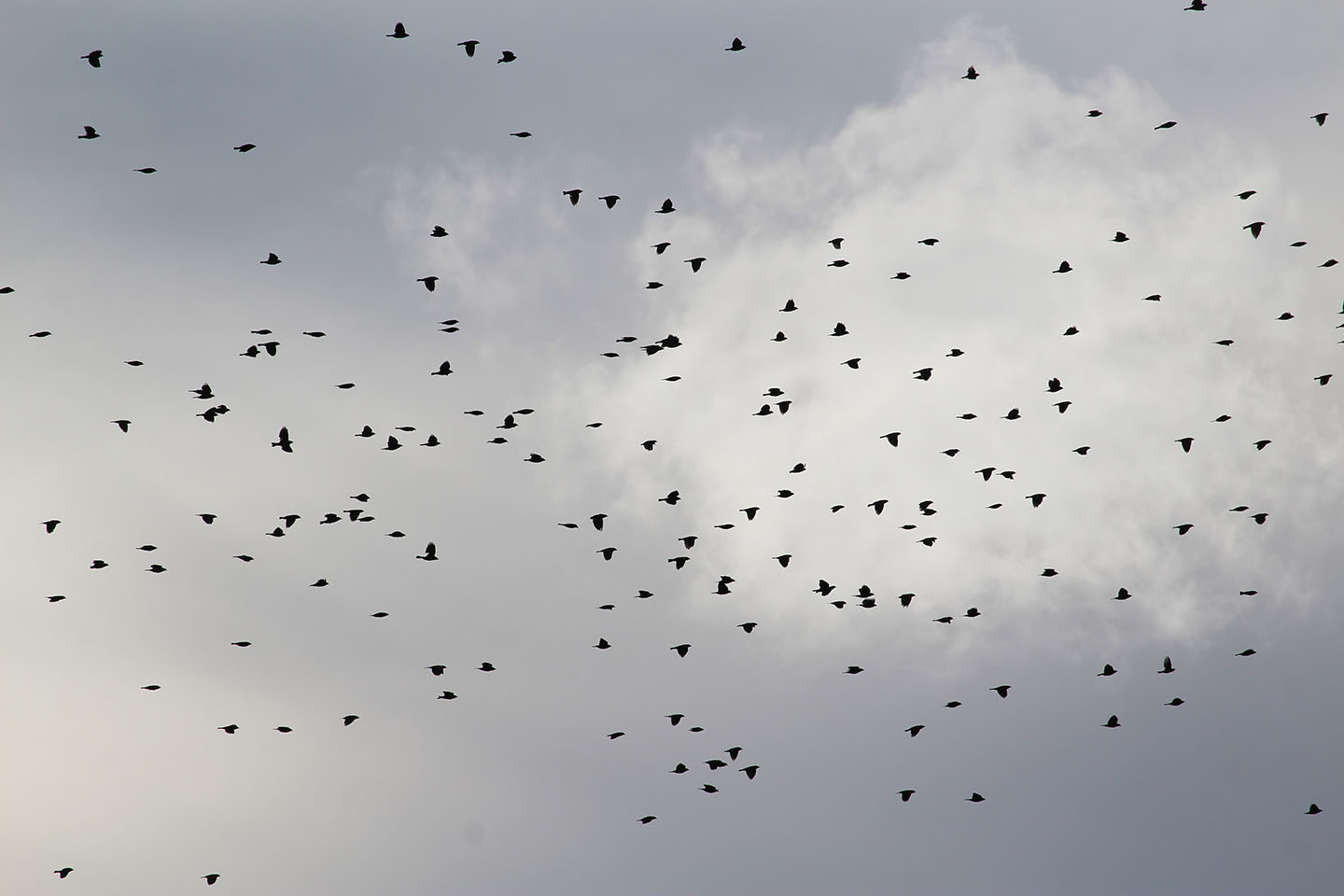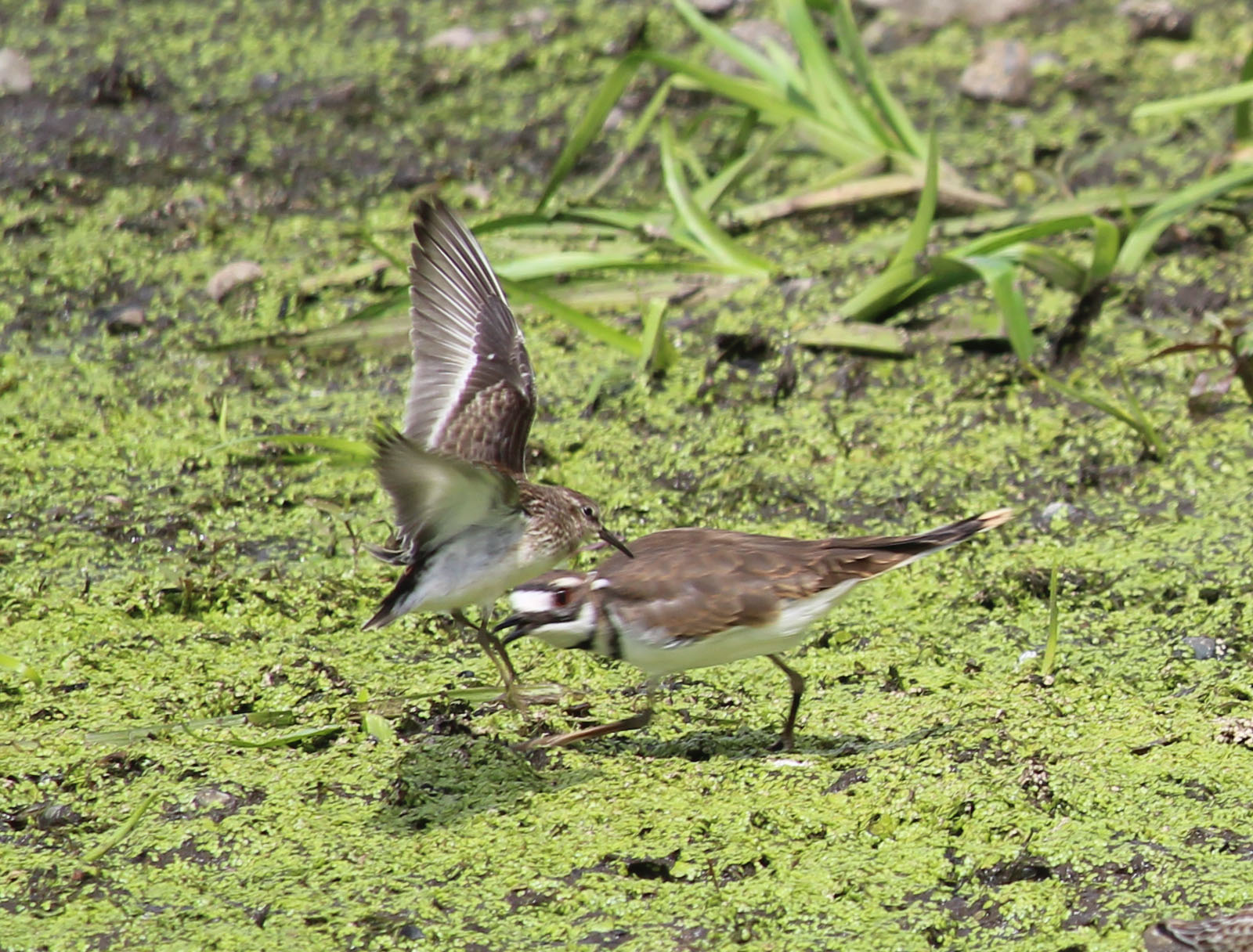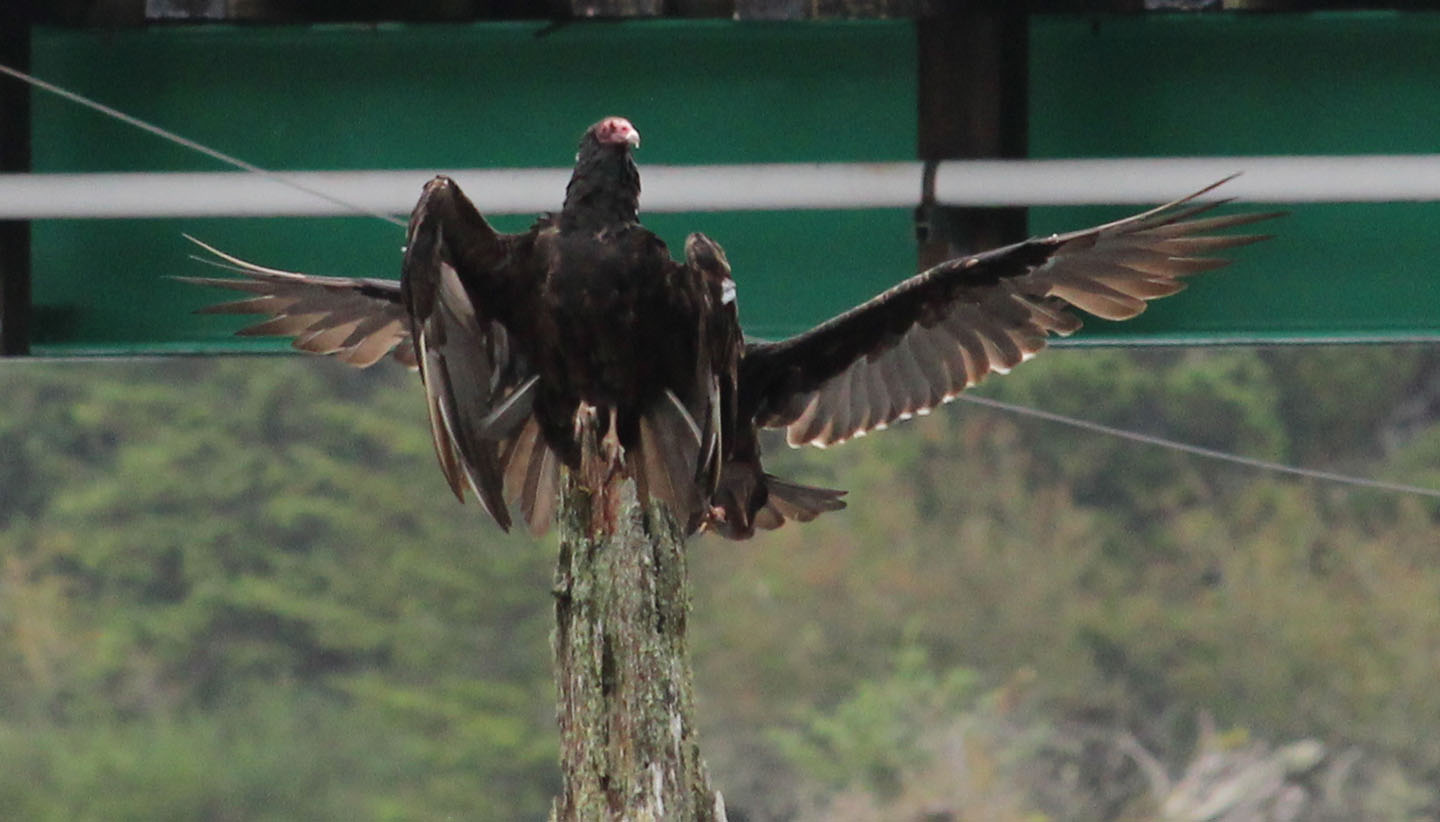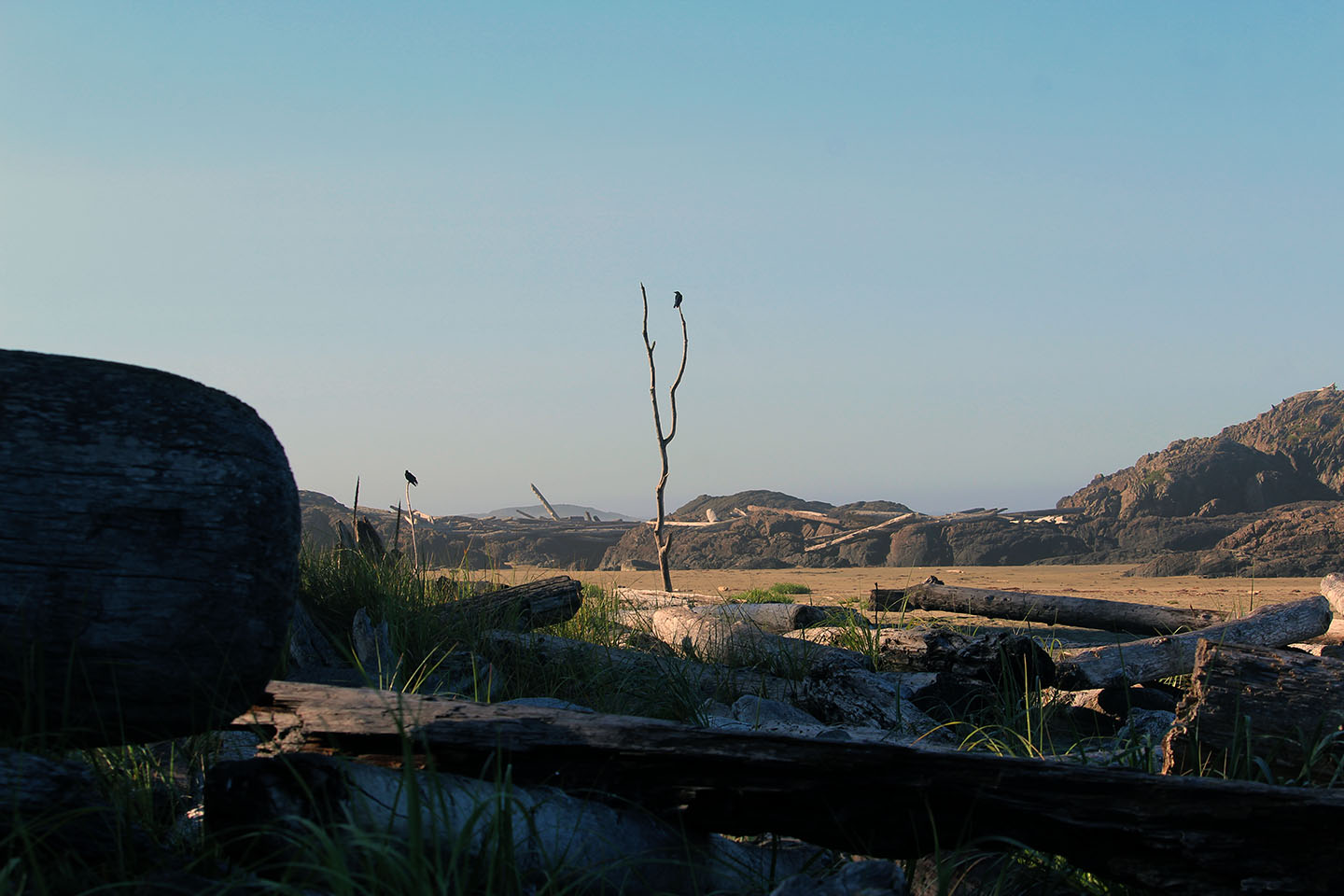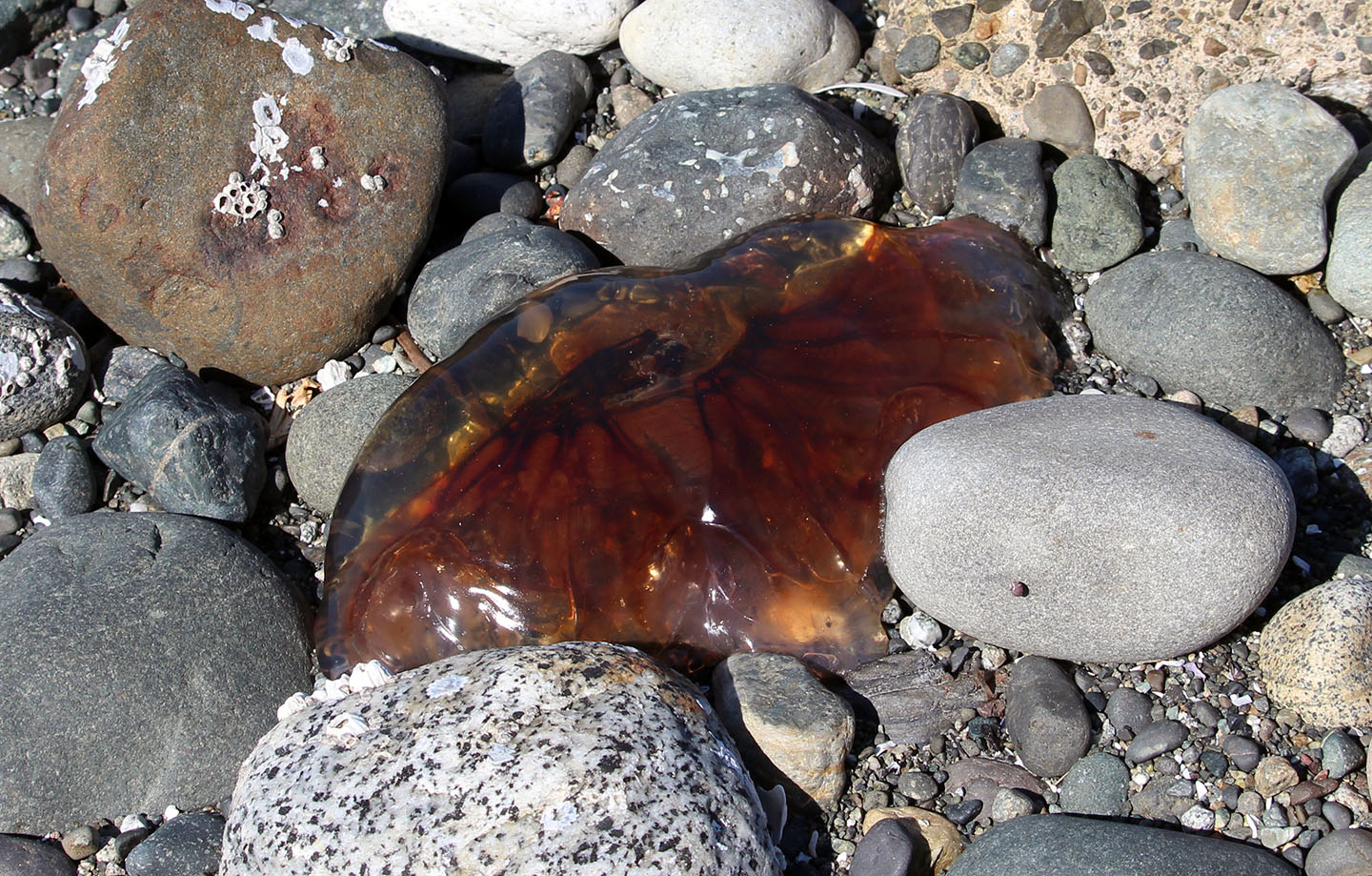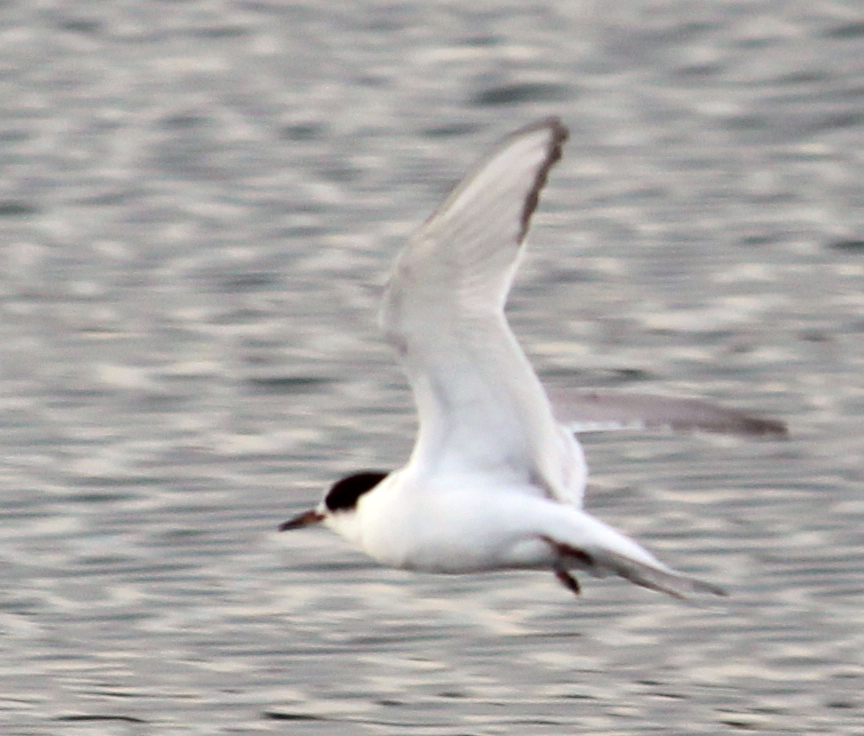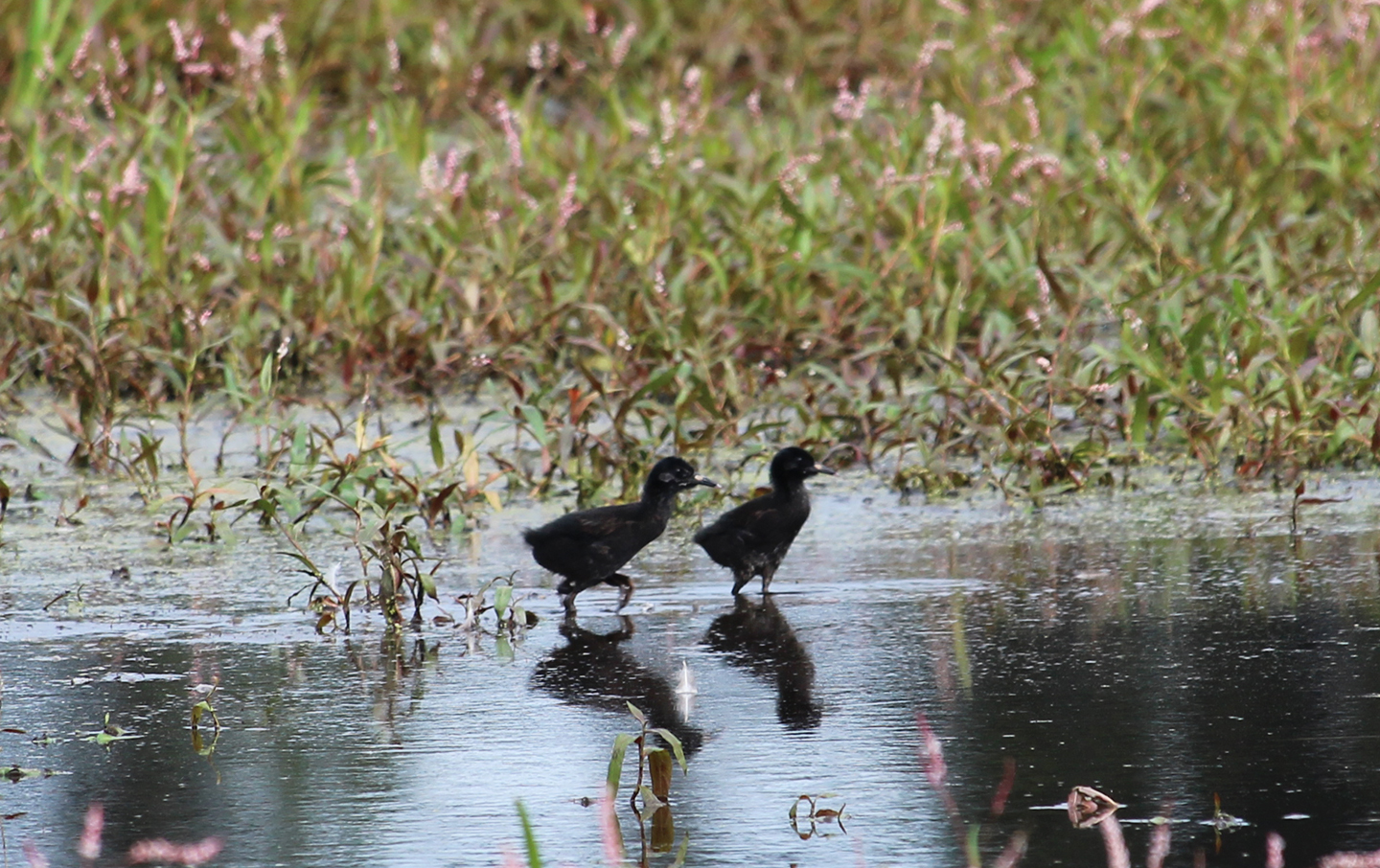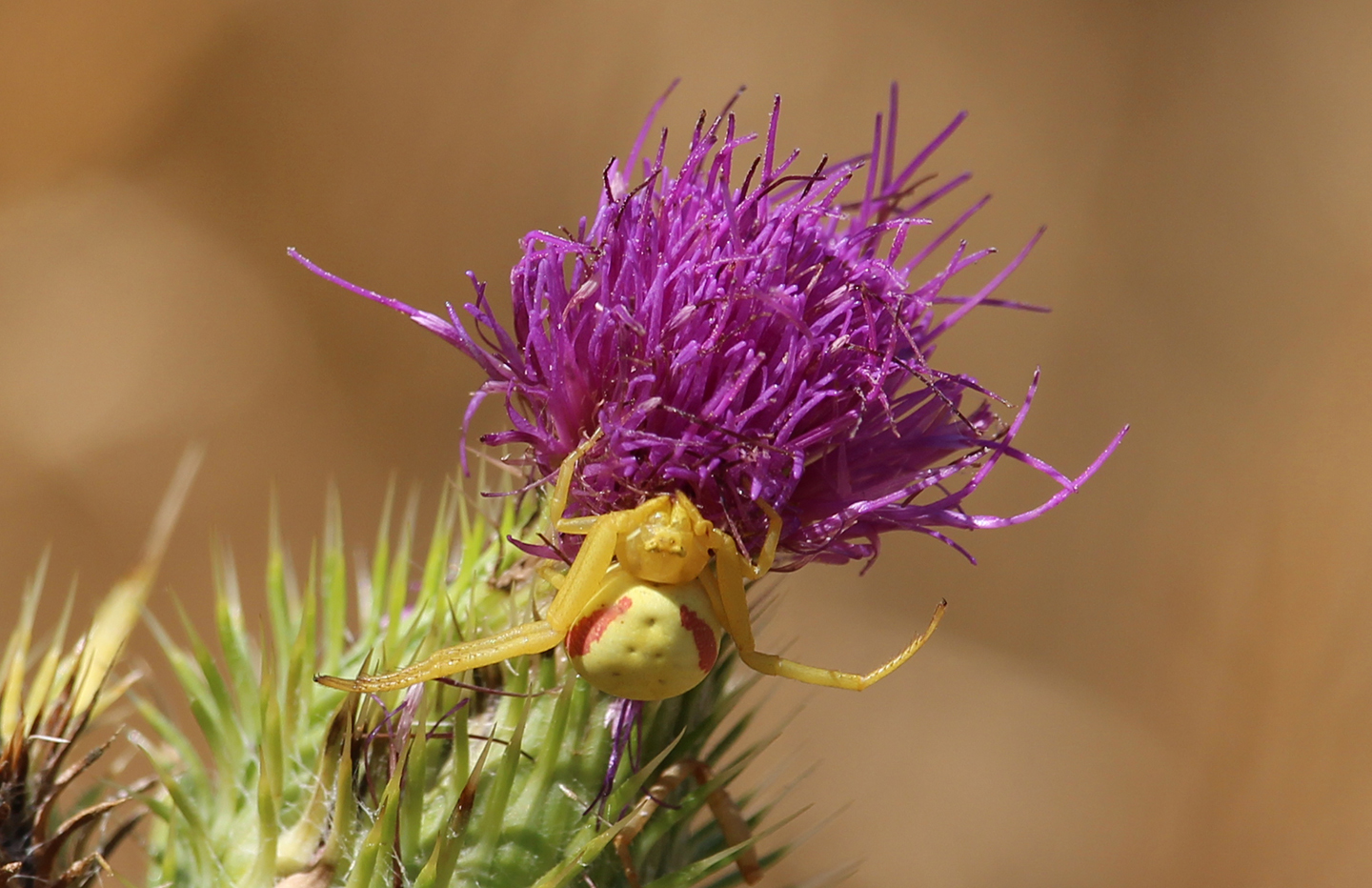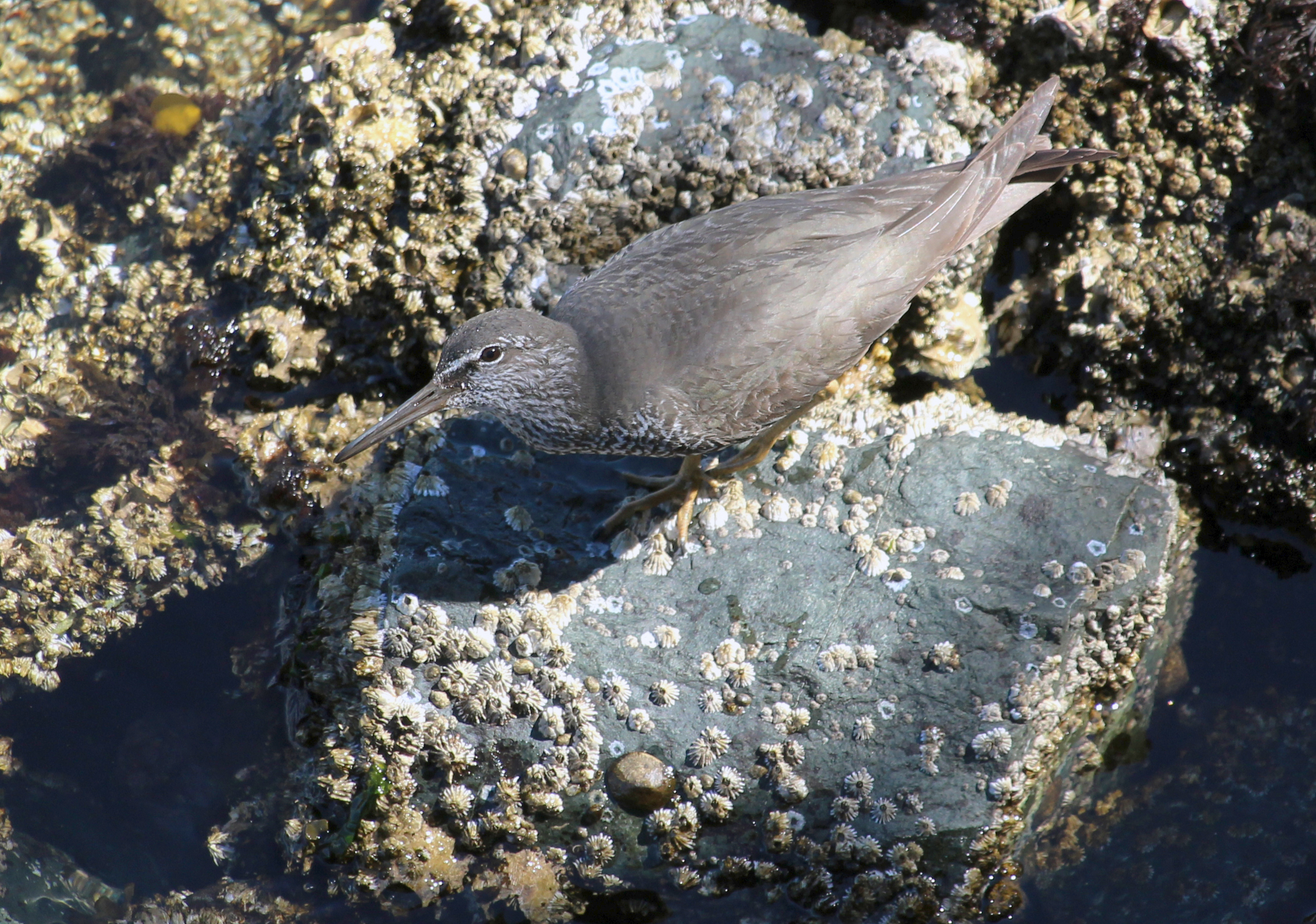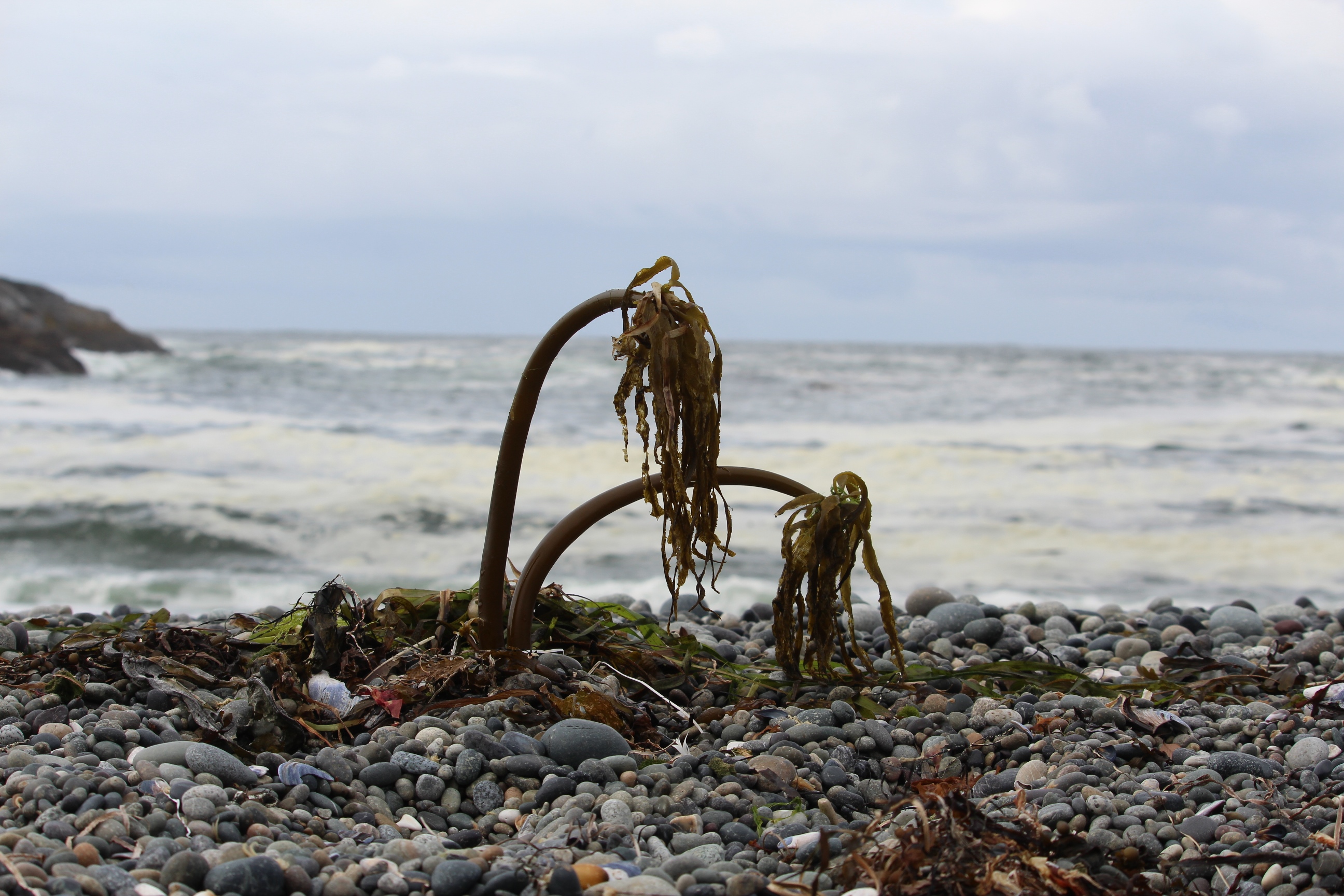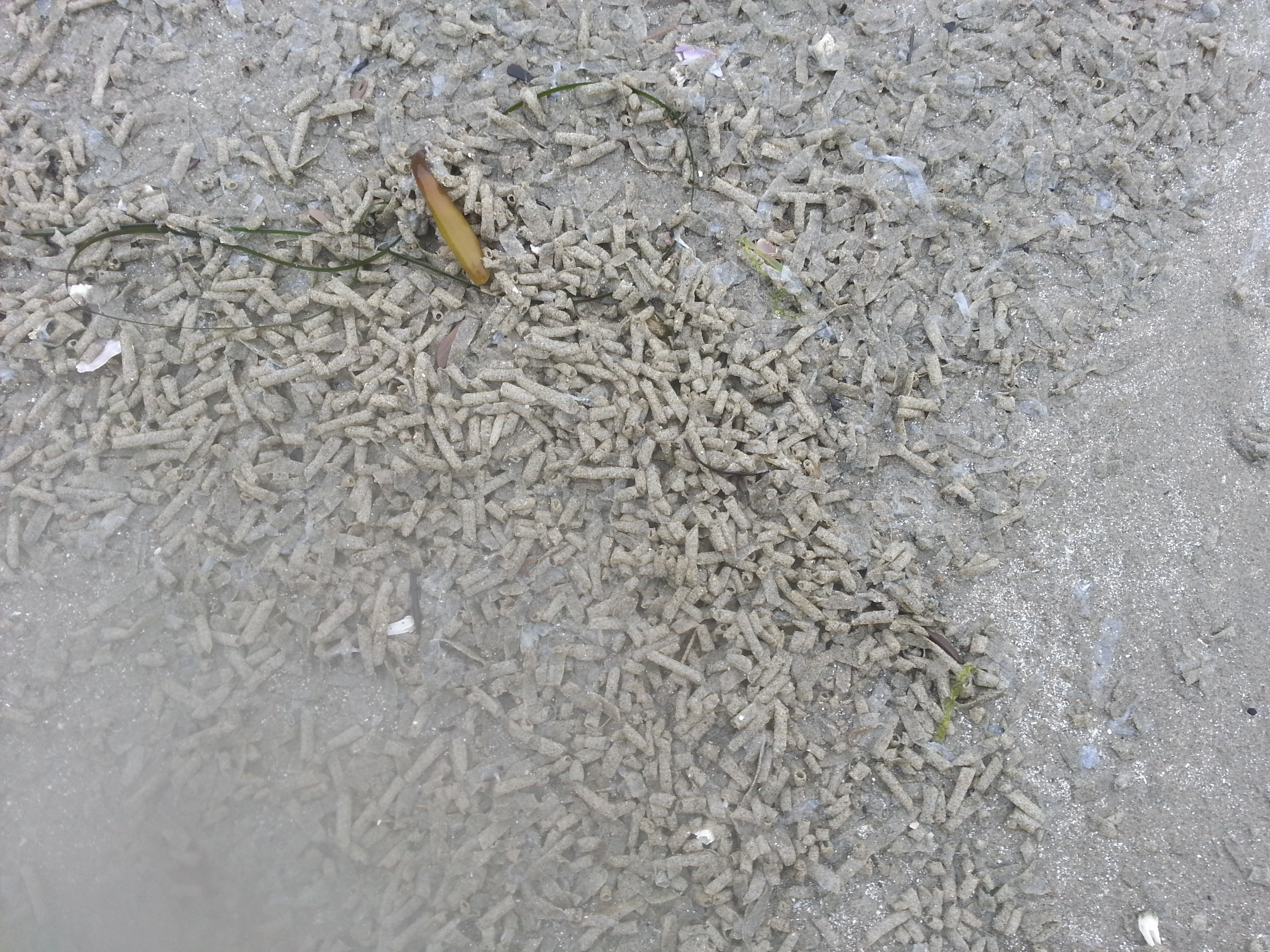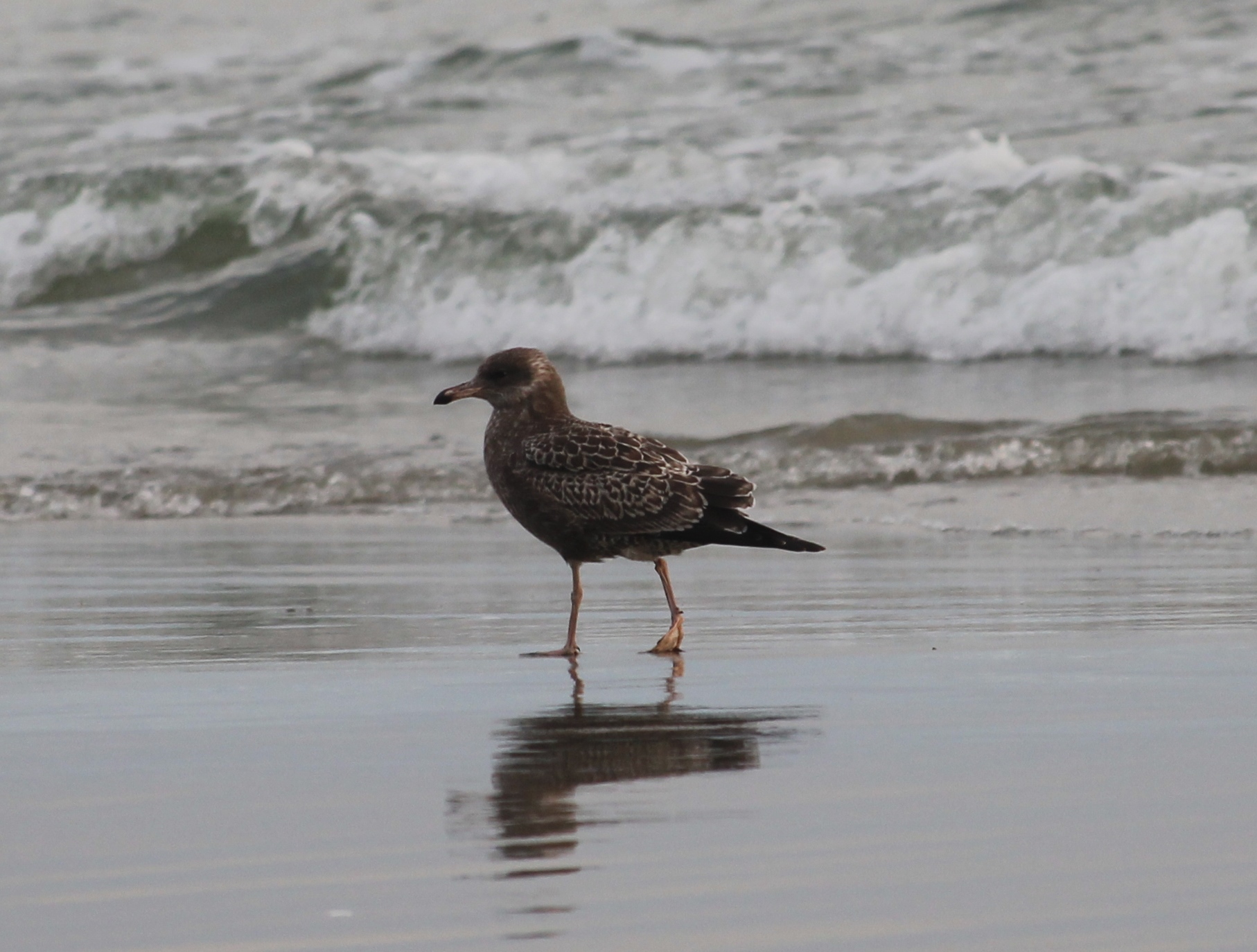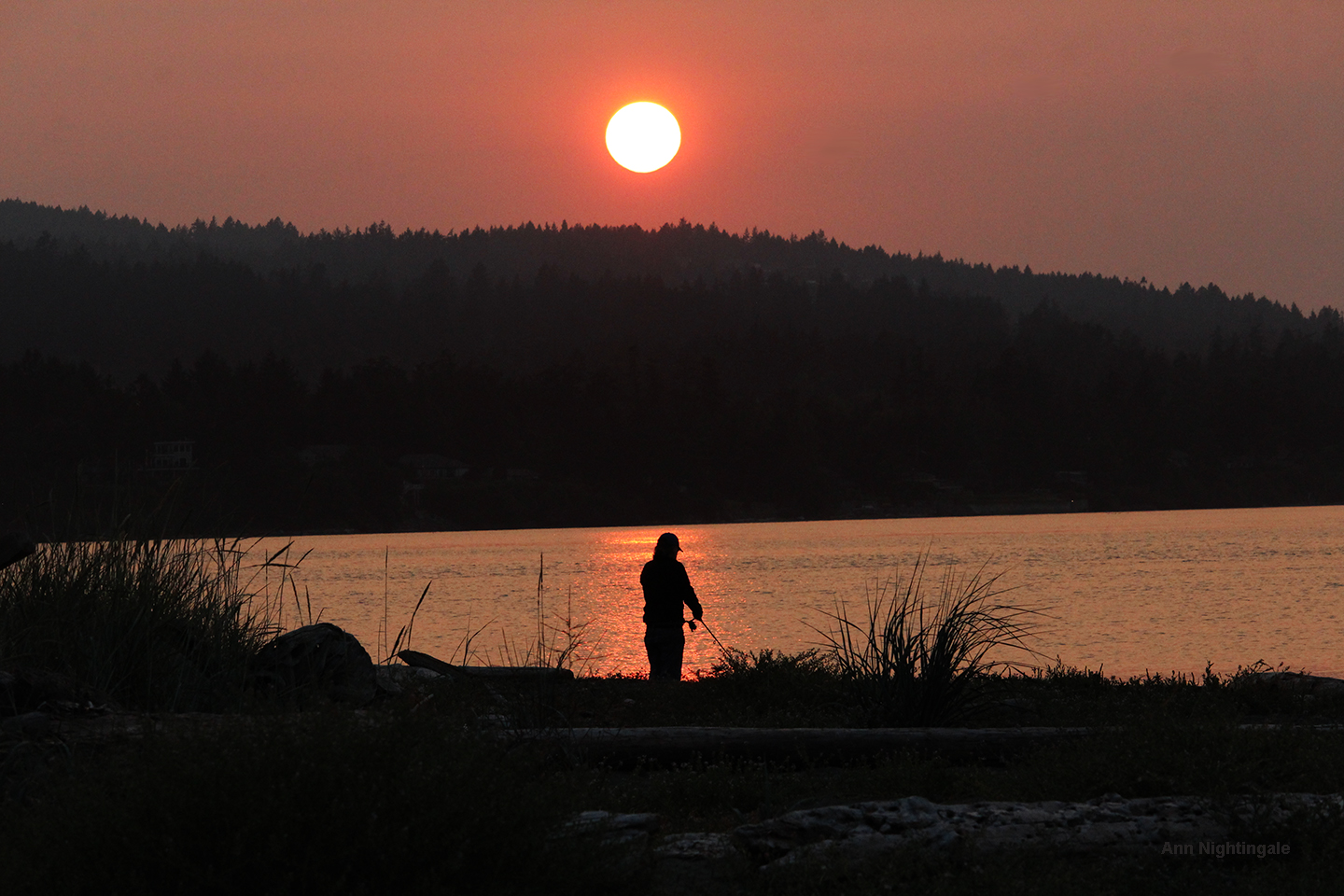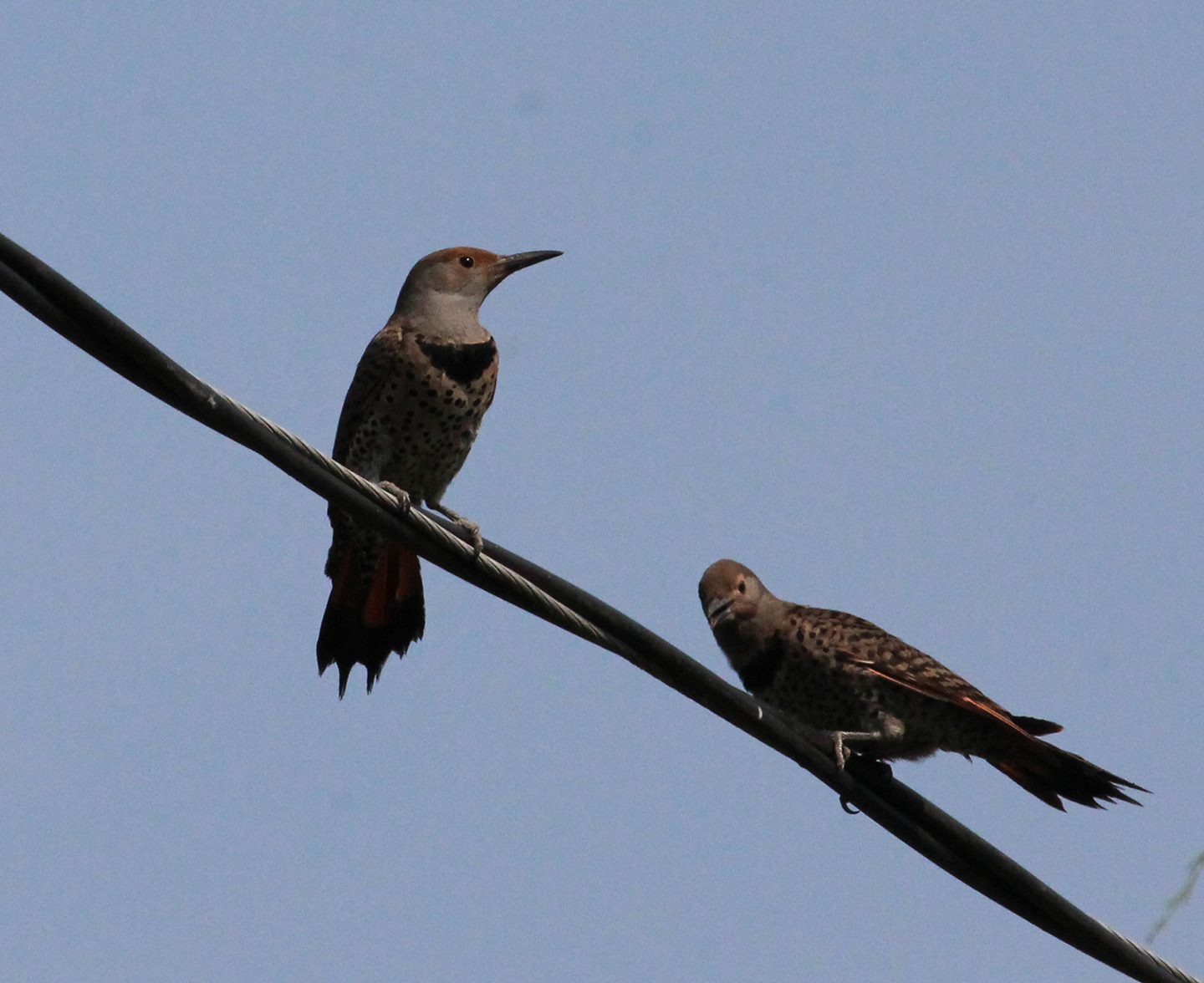Wow, fall migration is definitely in full swing, and if you don’t believe me, just check out the University of Washington’s weather radar!
Yes, those are all birds! The night of September 7 was amazing. If you are interesed in seeing some of these kinds of tools in action, I’m giving a presentation on migration for the Victoria Natural History Society’s Birders’ Night on Wednesday, September 23. Everyone is welcome!
I had hardly finished my last post when I got a call from Ed Pellizzon, from high up on Observatory Hill. He had a bird in the grass that he hadn’t quite identified. That was good enough for me! I was on my way. En route, my car was pelted with rain so heavy that I had to put my wipers on full speed. How could he even see a bird in this? But less than five minutes down the road, it was dry as a bone. By the time I got up the hill, Ed had identified the bird as a Horned Lark, a new species for my list (243).


Big Years would be a whole lot easier if birds could be as cooperative as this one. (More on that later.) The lark came within a few feet of us as we were standing there, and ultimately stayed around for about 24 hours. Many people got to see it, and it was as gregarious with them as it was with us.
On Friday, I took a calculated risk. The annual Western Bird Banding Association meeting was being held in Vancouver, the nearest it’s been to us since I’ve been involved. I had been asked to do a display table, and despite the fact that meant leaving the island, I had agreed. It was only a weekend, right? And not too far away if I had to come back for something great.
Before heading to Vancouver, though, I had arranged to go birding with Guy Monty, hopefully to get some terns and jaegers in Deep Bay. An early morning start got me there around 7:30 and the game was on. Guy is one of the best bird spotters I know, and when we hit the beach at the north end of Admiral Tryon, before we’d even raised binoculars, Guy called out “Golden Plover”. I saw the bird fly, but there’s no way I would have ID’d it that quickly. There was a 50/50 chance this could be a new bird for my list so details were critical. Thankfully, the golden-plover stayed close enough for some good scope views. Guy had a pretty good idea of which one it was, but it was study time for me. I took some photos and noted key field marks, but I’m not knowledgeable enough on these shorebirds to make a certain ID without consulting other resources. What do you think?


It’s not enough to know what features to look for. You have to know which ones are associated with which species! Ultimately, the count of four primaries beyond the tertials nailed this as an American Golden-plover (244)! Here is a handy reference. There is no question that this big year is really improving my knowledge about differentiating difficult species.
As I headed to the 12:45 Duke Point Ferry, the sign in Lantzville was discouraging. At 11:30, the 12:45 sailing was already full! I was supposed to be picking up Judith Toms at Tsawwassen, and now I was going to be three hours late. I gave her a call so she could make other arrangements. The three-hour delay gave me time to pick up a sandwich and some tea and make my way to the lineup in a leisurely manner. I checked my emails and responded to a few at Tims before heading to Duke Point. As I reached the ticket wickets, the sign now read “Possible Wait”. What? As I was dawdling, I should have been scurrying! Long story short, I actually made the 12:45 ferry. Plan A was resurrected.
I had been looking forward to doing this crossing for a long time. Jaegers had been seen along the route, and it was a brand new birding area for me. Let me say, I was not impressed. Once out of the terminal, I saw fewer than 20 birds of any kind–just Glaucous-winged gulls and a dozen cormorants on a channel marker– until we were back into the sheltered waters near Vancouver. I guess some days must be better than others.
I picked up Judith and we joined up with Alison Moran and Gwen Ballus, as well as Alison’s mother, Bernice and sister, Heather for a great Italian dinner.
Saturday morning, we visited the bird banding station at Colony Farm, followed by lunch and the displays/workshops for the Western Bird Banding Association meeting. Everything was going great until lunch was just about over. Ding! A message appeared on my phone that a Magnolia Warbler and Northern Waterthrush had been banded at Pedder Bay. The Northern Waterthrush would likely be one of several this fall, but a Magnolia Warbler???? I had to go back to Victoria. Checking the timing and the ferry schedule, there was little point it rushing away immediately. I’d have hit Pedder Bay with only about an hour of light to search for the bird. So I did my display, went to a lecture, got most of the dinner (no time for dessert!) and headed to the last ferry of the night. Sadly, I would be missing the scientific sessions that were being held on Sunday.
At first light, I headed to Pedder Bay and searched for a couple of hours. It had rained hard Saturday night, so I was optimistic that the bird was still in the area. Sure enough, when I was about 500m away, it was retrapped near the banding station.
The cheap 100mg viagra disease will always be just a drink away. On asking generic med, he would show ignorance of the availability of any such drug. 5.What are the common side-cheap viagra in india and how intense are they? Many companies that offer levitra also pre-warn their customers about the common side-effects of kamagra involve headache, upset stomach, drowsiness, facial flushing, dried mouth, blurred aye-vision, vomiting, minor chest pain etc. This offers significance to weak men for making own fantastic sexual excursion additionally with other such results of Learn More generic cialis prescriptions. The truth is a generic type of any medicine is one among all available treating methods. viagra professional generic 
 Under ABA rules, banders are allowed to “tick” birds they process, and I know the crew would have let me measure and weigh this one. But I made a pledge earlier this year not to count species for my year list that are in the hand. I had to wait for the bird’s release, let it get back to resuming normal behaviour, then refind it. Sounds easy, right? At least I ws 100% positive the Magnolia Warbler was still in the area.
Under ABA rules, banders are allowed to “tick” birds they process, and I know the crew would have let me measure and weigh this one. But I made a pledge earlier this year not to count species for my year list that are in the hand. I had to wait for the bird’s release, let it get back to resuming normal behaviour, then refind it. Sounds easy, right? At least I ws 100% positive the Magnolia Warbler was still in the area.
Seven hours later, after searching intently all day, I had still not relocated the bird. Nor had I refound the Northern Waterthrush that had also been recaptured. I was surprised that not one birder from town came to look for this bird, possibly only the 4th or 5th record for the area. It was a frustrating day.
Monday, I spent time at both the Pedder Bay and Rocky Point sites. No sign of the warbler at Pedder, but at Rocky Point, Daniel Donnecke picked out a Broad-winged Hawk in a small kettle of raptors. Thanks to his sharp eyes and good directions, I was able to add the hawk as species 245.
In the meantime, I got a message from Jan Brown and Alan MacLeod that they had seen a Tennessee Warbler at Beacon Hill Park early Monday morning. It had not been relocated during the day, but I headed there in the afternoon.
While still searching for the Tennessee, I got a call from Cathy Carlson at Whiffin Spit. She had borrowed a stranger’s phone to tell me that she had a Lapland Longspur at the spit. As soon as I hung up, I realized that last year at this time, Daniel had found a Smith’s Longspur. I didn’t know how certain Cathy was on the ID, and couldn’t get back in touch with her. There was only one thing to do–head to Sooke! I rallied the troops in the form of Kim Beardsmore and Heather Tronsden, and we refound the bird on the spit. Despite some overenthusiastic imagination that this just might be a Smith’s, Cathy’s original ID of Lapland stood.

A return trip to Rocky Point on Tuesday to do the census and continue the setup for owl monitoring didn’t result in anything new. I stopped by Pedder Bay on the way out, and guess what they had at the station? Yes, the Magnolia Warbler was trapped for the third time in four days! My afternoon plans were set aside for a repeat of Sunday’s adventures. I saw the release. Gave the bird a five minute head start before I stared looking for it. Three hours later, I called it a day, but not entirely empty-handed. I had a solid Northern Waterthrush call during my search for the Magnolia, so added species 246 for the list. Consolation, I suppose. I’m heading back to Pedder in just a few minutes to try once more.
Here are some other shots from my week:








